
The History of Real Whole Milk
Whole Milk is one of the most culturally similar foods through all regions of the world. Throughout history, other mammals have supplied mankind with delicious, nutrient dense dairy foods. These included fresh cream, milk, curds & whey, yogurt, kefir, amasai, cheeses & butter. Man-made refineries that manipulate these animals and process their milk products have highly altered these once superfoods. Well educated consumers choose raw, grass-fed milk and dairy products.
Around the world people have relied upon naturally fermented milk from all different types of animals for a key nutrition source. These milk producing animals include cows, sheep, goats, yaks, water buffalo, & reindeer. This fermented milk provides highly bioavailable protein, enzymes, beneficial lactobacillus probiotics, vitamin K2, and other nutrients (1).
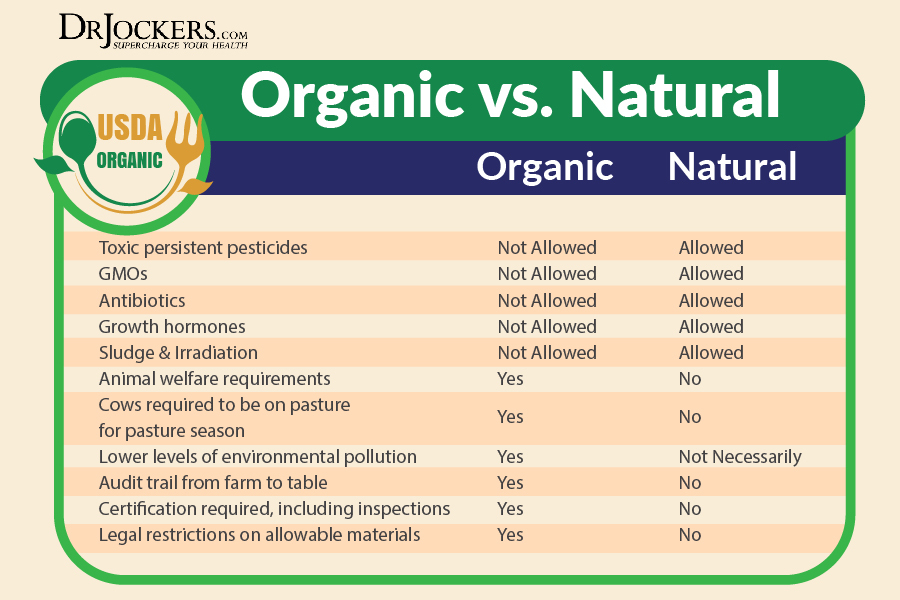
Fermented Whole Milk is Amazing:
Up until the 19th century, most people drank fermented raw milk. When raw whole milk is left out it actually ferments with beneficial lactic acid bacteria such as acidophilus. This fermentation process helps to preserve the milk and gives it a tasty sour flavor. Pasteurized whole milk does not naturally ferment due to the lack of beneficial microorganisms. Instead, it spoils with dangerous microbes.
In the early 19th century these patterns began to change. Farmers saw big business opportunities in providing larger dairy yields for city folk who no other access to dairy products. Individuals who were born and raised in the city had lost the art of natural fermentation and were unfamiliar with the sour taste.
Grain Feeding Increases Dairy Yield:
The growing city populations led to a greater increase in dairy production. This led farmers to begin to look for new methods to produce larger cows who could produce more whole milk. Specific breading patterns and the involvement of grain-feeds began to spring up. These methods greatly increased dairy yields but reduced the quality and nutrient density of the finished products.
Cows are meant to eat natural grass where they benefit from the chlorophyll, dense array of vitamins & minerals, essential fats and living microorganisms. Taking the roughage out of the cows diets kills off many probiotic species while encouraging bad strains to grow in rampant amounts. Feeding these animals grains produces an increase in milk production but it also creates a very acidic environment in the cow’s digestive system (2).
More Grains = More Infection:
This low pH is a perfect breeding ground for pathogenic bacteria such as E coli. The more grains a cow eats the greater the likelihood of infection (3). Milk borne epidemics began to increase to the point that a successful pasteurization campaign was put into action by the end of the 19th century.
The pasteurization process destroys all the bacteria in the milk. This includes beneficial lactobacillus strains as well as pathogenic E Coli and others. It also destroys enzymes and denatures amino acids. This makes the milk devoid of “living nutrients.” The heavy grain diet of the cow makes the whole milk very acidic and inflammatory. This milk also contains up to 52 different anti-biotics, pesticides and hormones used to increase milk production.
Homogenization is Highly Inflammatory:
Homogenization burst onto the scene later when people demanded smooth milk that was even in fat levels throughout. This process is particularly harmful because it creates a noxious enzyme called xanthine oxidase (XO). XO passes through the walls of the digestive system and goes directly into the bloodstream. XO is highly reactive and is known to damage and inflame the arterial tissue. This inflammatory process produces arterial plaque (4, 5).
Individuals in the industrialized countries completely lost touch with the knowledge and techniques of proper fermentation. Soon enough it was considered normal to drink pasteurized, homogenized dairy from grain-fed cows that were shot up with anti-biotics and hormones. Over the last 5 years consumers have begun to become educated on the tremendous nutrition present in fermented raw whole milk from grass-fed cows.
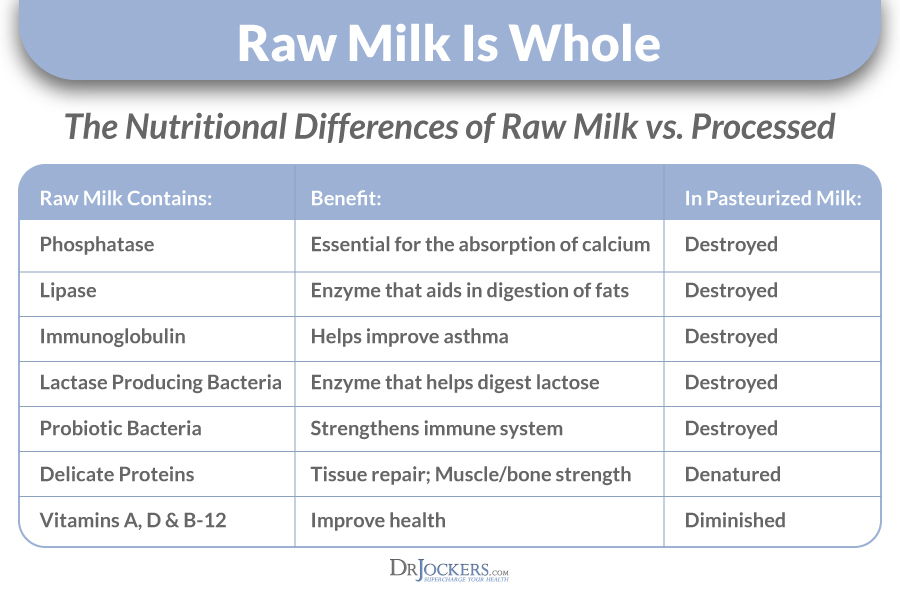
When I Don’t Recommend Dairy:
Grass-fed, raw dairy may be one of the most nutrient dense foods on the planet. Even better is fermented raw, grass-fed dairy products as listed above. I really wish everyone could safely and effectively consume grass-fed raw whole milk daily.
Unfortunately, many individuals are unable to effectively tolerate any form of dairy. For these individuals, their immune system gets overstimulated when they consume dairy and they have immune dysregulation that results in mild-serious inflammatory conditions. If you know this is you, then try taking dairy out for 90 days and then add back just small amounts of fermented, raw dairy and see how you tolerate it.
To test yourself, take all dairy and all processed foods, gluten and corn out for a week and then add back grass-fed dairy and see if you notice a change in skin (eczema, acne), joint pain, brain fog, restful sleep, energy levels, breathing/snoring and throat clearance. If you have a reaggravation of any of these than pull dairy out for 90 days while following an auto-immune diet to reduce inflammation and improve your gut health.
Frequently Asked Questions on Whole Milk:
1) What is the Difference Between Grass-fed Butter and Ghee
Ghee is clarified butter and does not contain any lactose, casein & whey. Butter contains trace amounts of lactose, casein and whey. For individuals with dairy sensitivities, they can typically consume ghee as their sensitivities are related to casein, lactose and/or whey.
2) What is the Difference Between Organic Dairy and Grass-fed or Pasture-raised Dairy?
Organic dairy is from cows that are fed organic food stuffs, but not necessarily pasture. If the label does not say grass-fed or pasture-raised cattle than the cow was fed a greater than 70% grain-based diet. This creates omega 6-3 ratio imbalance and is highly inflammatory. You may be able to do small amounts but I do not recommend consuming a lot of organic dairy. Stick with grass-fed/pasture-raised.
Grass-fed dairy products such as whole milk also contain significantly more bioavailable nutrients such as conjugated linoleic acid, retinol, vitamin E tocopherols, etc.
3) Where Do I Find Grass-fed Dairy Products:
Many health food stores such as Whole Foods contain some of these products. You can also get them from a local farm or from a place like US Wellness Meats.
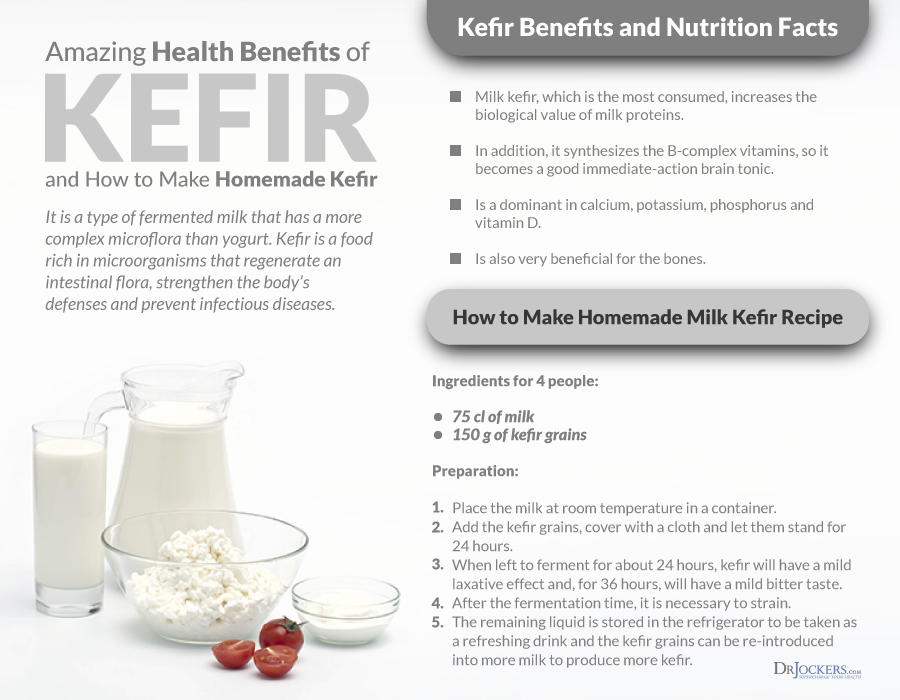
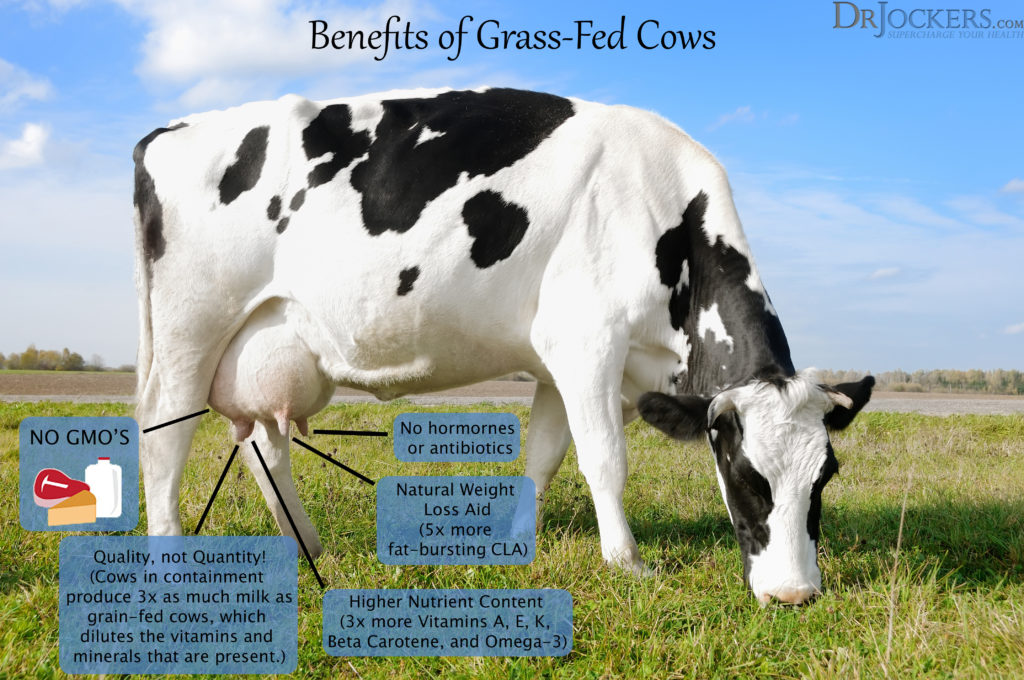
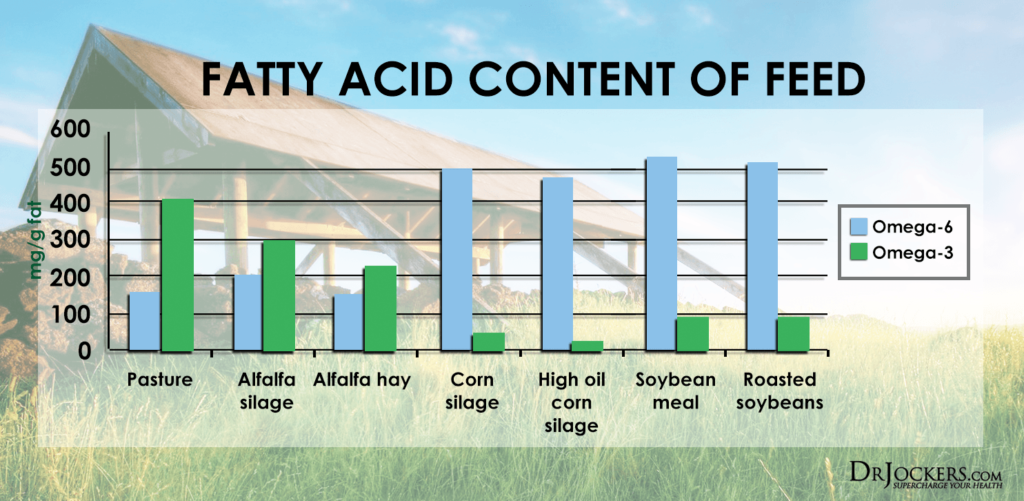





Thank goodness for this article! I just turned 52, and boy O boy has my body changed. Everything said here it factual and true. As of recent I have acquired all of these problems, and living with a pharmacist, he already diagnosed me and recommended this very diet.
I am defiantly staying on this path to health and signed up for emails, and I just might try some products, as Dr. G also has an imbalance with thyroid disease that also is correct in this arrival.
Thank you for your efforts and generosity to supply this forum.
A.C.
Great to hear you are on the path to healing! Welcome to our community and let us know how we can help you more!!
It is my understanding that organic products can contain GMO ingredients. They just cannot contain GMOs if they wish to label it 100% organic.